
The Illustrious Blacks wil host the 2023 Bessie Awards outside at Lincoln Center (photo by Gregory Kramer)
THE BESSIE AWARDS
Damrosch Park, Lincoln Center for the Performing Arts
Friday, August 4, free (Fast Track RSVP available), 7:30
www.lincolncenter.org
bessies.org
In 1984, Dance Theater Workshop executive director David R. White founded the Bessie Awards, named after dance teacher Bessie Schönberg and given to outstanding work in the field of independent dance. Among the winners in the inaugural year were Trisha Brown, Pina Bausch, Yoshiko Chuma and the School of Hard Knocks, Mark Morris, Anne Bogart, and Eiko & Koma, a lofty group of creators. This year’s ceremony will take place August 4 at 7:30 at Lincoln Center’s Damrosch Park as part of the Summer for the City program, with free admission to all; it’s a fantastic opportunity to join in the celebration of movement while seeing some of the best contemporary performers and choreographers.
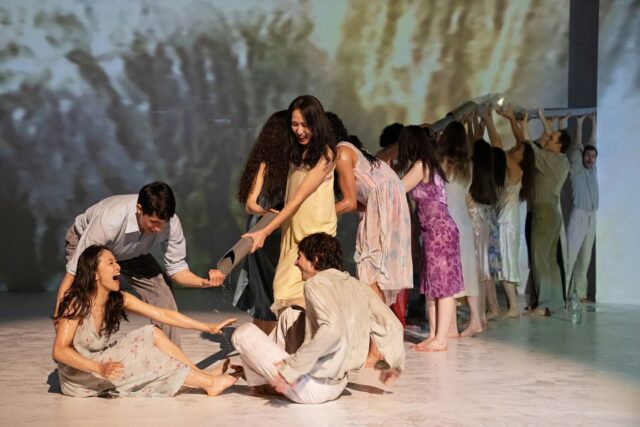
Pina Bausch’s Água (1995/2023) is up for Outstanding Revival at the 2023 Bessies (photo by Julieta Cervantes)
The thirty-ninth annual event will be hosted by the Illustrious Blacks (Manchildblack x Monstah Black) and feature performances by Dance Theatre of Harlem (in honor of Lifetime Achievement in Dance recipient Virginia Johnson), Princess Lockerooo’s Fabulous Waack Dancers, Earl Mosley’s Diversity of Dance, Ladies of Hip-Hop Collective (in honor of Service to the Field of Dance honoree Michele Byrd-McPhee), and students from AbunDance Academy of the Arts. Presenters include Mireicy Aquino, George Faison, Jhailyn Farcon, Dionne Figgins, Erin Fogerty, Tiffany Geigel, Dyane Harvey Salaam, Karisma Jay, Gian Marco Riccardo Lo Forte, Fredrick Earl Mosley, Abdel Salaam, Paz Tanjuaquio, and Ms Vee; this year’s jury panel consists of Ayodele Casel, Kyle Marshall, and luciana achugar.
Awards will be given out in the following categories: Outstanding Choreographer / Creator, Outstanding “Breakout” Choreographer, Outstanding Performer, Outstanding Revival, Outstanding Sound Design / Music Composition, and Outstanding Visual Design, for works presented at such venues as the Joyce, Gibney, the Shed, BAM, Danspace Project, Movement Research at the Judson Church, Performance Space New York, City Center, Arts on Site, and New York Live Arts (formerly Dance Theater Workshop). Nominees include Pina Bausch & Tanztheater Wuppertal, Camille A. Brown & Dancers, marion spencer, Vanessa Anspaugh, Sidra Bell, Rennie Harris, Deborah Hay, Shamel Pitts, and Niall Jones.
Following the ceremony, there will be a special Bessies Silent Disco After-Party with DJ Sabine Blazin on Josie Robertson Plaza, where a giant disco ball dangles over the Revson Fountain.
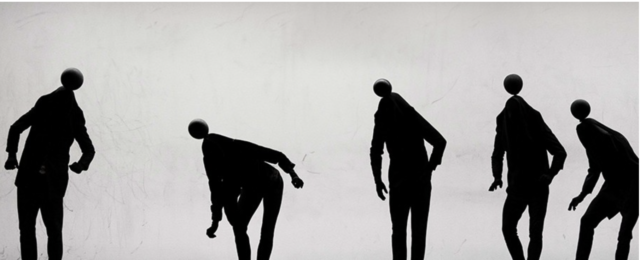
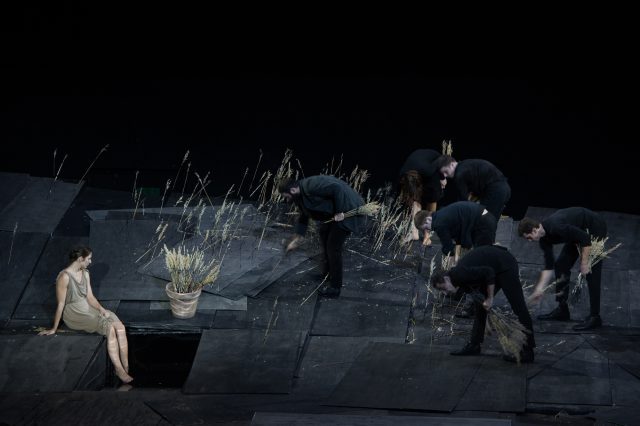
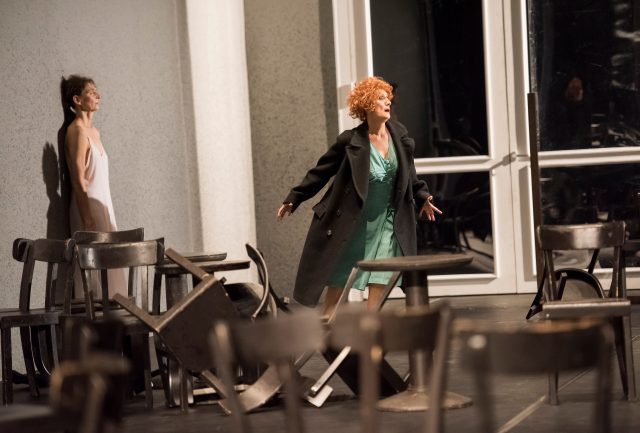
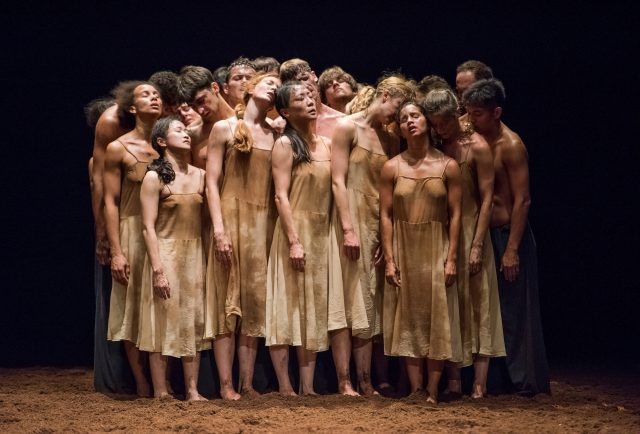
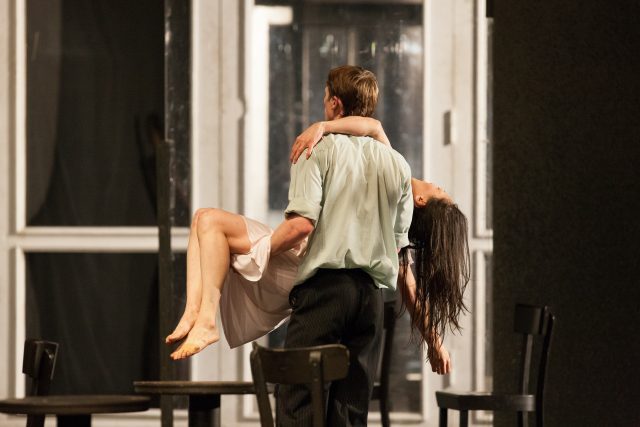
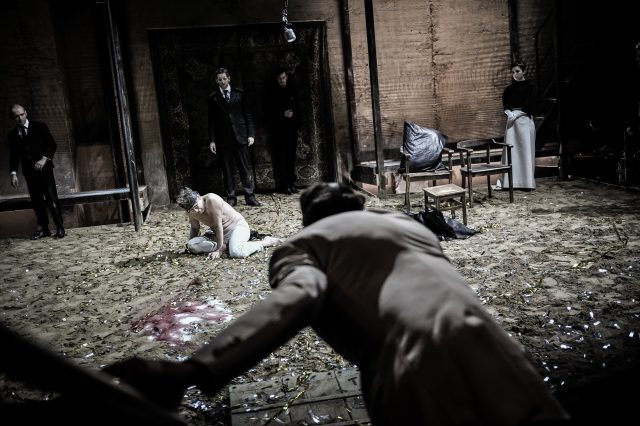
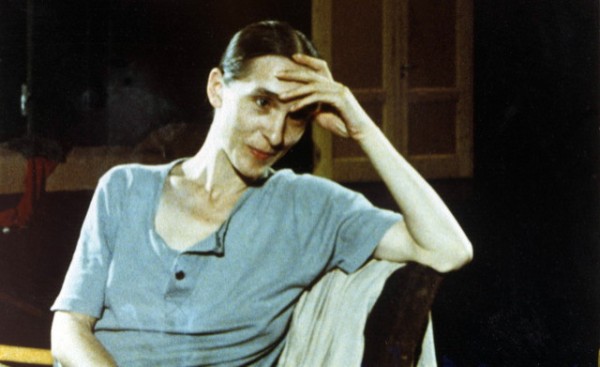
 In 1982, Belgian filmmaker Chantal Akerman followed Pina Bausch’s Tanztheater Wuppertal on a five-week tour of Europe as the cutting-edge troupe traveled to Milan, Venice, and Avignon. “I was deeply touched by her lengthy performances that mingle in your head,” Akerman says at the beginning of the resulting documentary, “One Day Pina Asked . . . ,” continuing, “I have the feeling that the images we brought back do not convey this very much and often betray it.” Akerman (Jeanne Dielman, 23 Quai du Commerce, 1080 Bruxelles; Je tu il elle) needn’t have worried; her fifty-seven-minute film, made for the Repères sur la Modern Dance French television series, is filled with memorable moments that more than do justice to Bausch’s unique form of dance theater. From 1973 up to her death in 2009 at the age of sixty-eight, Bausch created compelling works that examined the male-female dynamic and the concepts of love and connection with revolutionary stagings that included spoken word, unusual costuming, an unpredictable movement vocabulary, and performers of all shapes, sizes, and ages. Akerman captures the troupe, consisting of twenty-six dancers from thirteen countries, in run-throughs, rehearsals, and live presentations of Komm Tanz Mit Mir (Come Dance with Me), Nelken (Carnations), 1980, Kontakthof, and Walzer, often focusing on individual dancers in extreme close-ups that reveal their relationship with their performance. Although Bausch, forty at the time, is seen only at the beginning and end of the documentary, her creative process is always at center stage. At one point, dancer Lutz Förster tells a story of performing George and Ira Gershwins’ “The Man I Love” in sign language in response to Bausch’s asking the troupe to name something they’re proud of. Förster, who took over as artistic director in April 2013, first performs the song for Akerman, then later is shown performing it in Nelken. (Bausch fans will also recognize such longtime company members as Héléna Pikon, Nazareth Panadero, and Dominique Mercy.)
In 1982, Belgian filmmaker Chantal Akerman followed Pina Bausch’s Tanztheater Wuppertal on a five-week tour of Europe as the cutting-edge troupe traveled to Milan, Venice, and Avignon. “I was deeply touched by her lengthy performances that mingle in your head,” Akerman says at the beginning of the resulting documentary, “One Day Pina Asked . . . ,” continuing, “I have the feeling that the images we brought back do not convey this very much and often betray it.” Akerman (Jeanne Dielman, 23 Quai du Commerce, 1080 Bruxelles; Je tu il elle) needn’t have worried; her fifty-seven-minute film, made for the Repères sur la Modern Dance French television series, is filled with memorable moments that more than do justice to Bausch’s unique form of dance theater. From 1973 up to her death in 2009 at the age of sixty-eight, Bausch created compelling works that examined the male-female dynamic and the concepts of love and connection with revolutionary stagings that included spoken word, unusual costuming, an unpredictable movement vocabulary, and performers of all shapes, sizes, and ages. Akerman captures the troupe, consisting of twenty-six dancers from thirteen countries, in run-throughs, rehearsals, and live presentations of Komm Tanz Mit Mir (Come Dance with Me), Nelken (Carnations), 1980, Kontakthof, and Walzer, often focusing on individual dancers in extreme close-ups that reveal their relationship with their performance. Although Bausch, forty at the time, is seen only at the beginning and end of the documentary, her creative process is always at center stage. At one point, dancer Lutz Förster tells a story of performing George and Ira Gershwins’ “The Man I Love” in sign language in response to Bausch’s asking the troupe to name something they’re proud of. Förster, who took over as artistic director in April 2013, first performs the song for Akerman, then later is shown performing it in Nelken. (Bausch fans will also recognize such longtime company members as Héléna Pikon, Nazareth Panadero, and Dominique Mercy.)